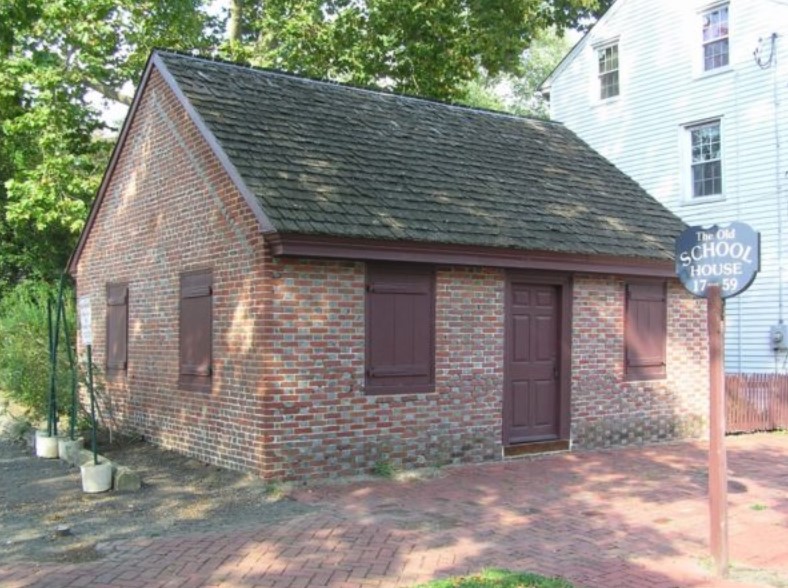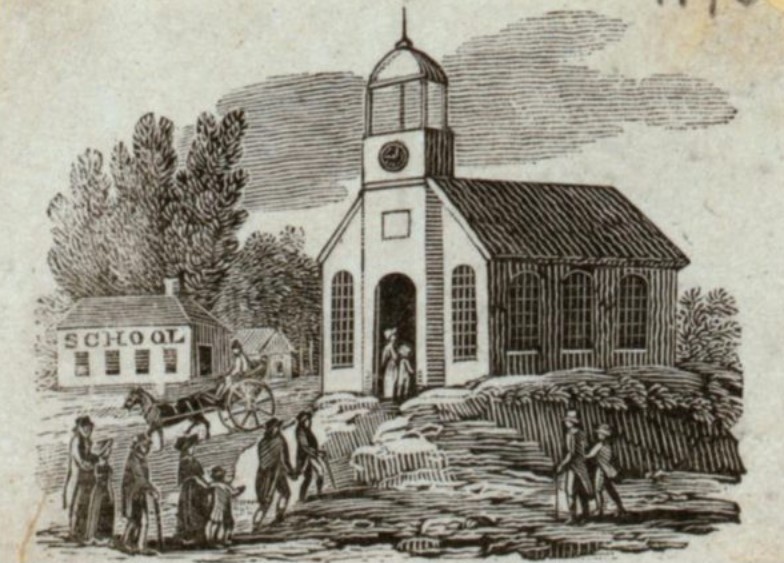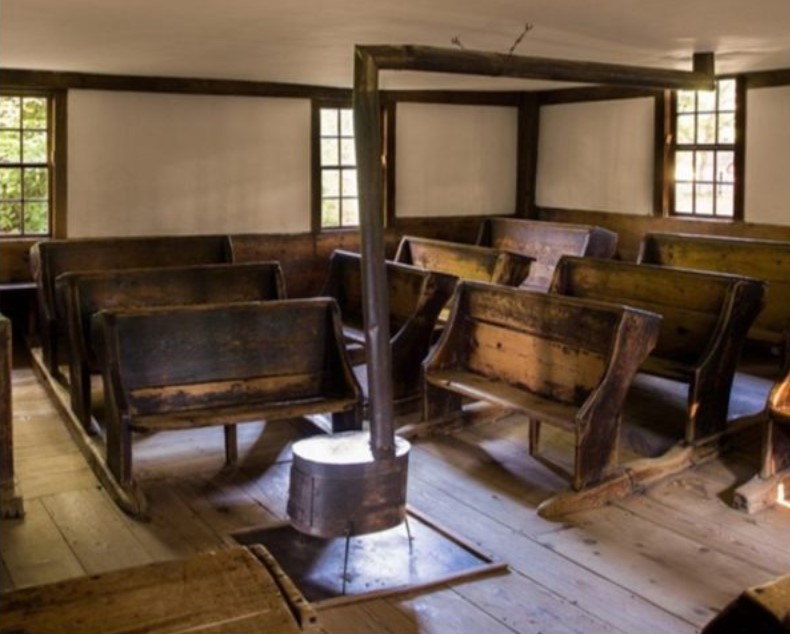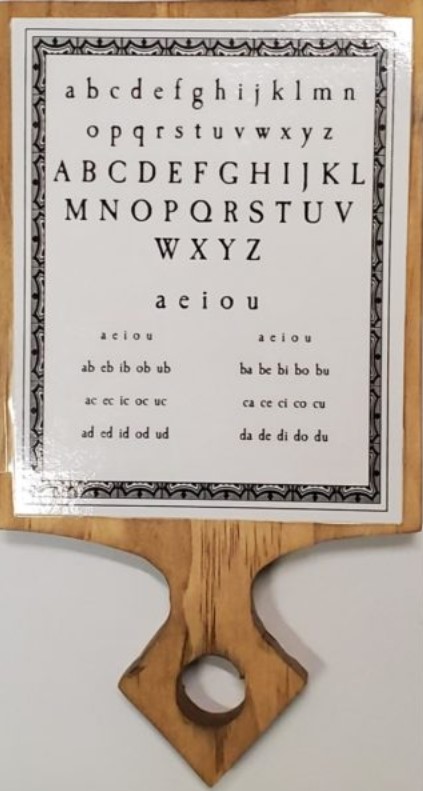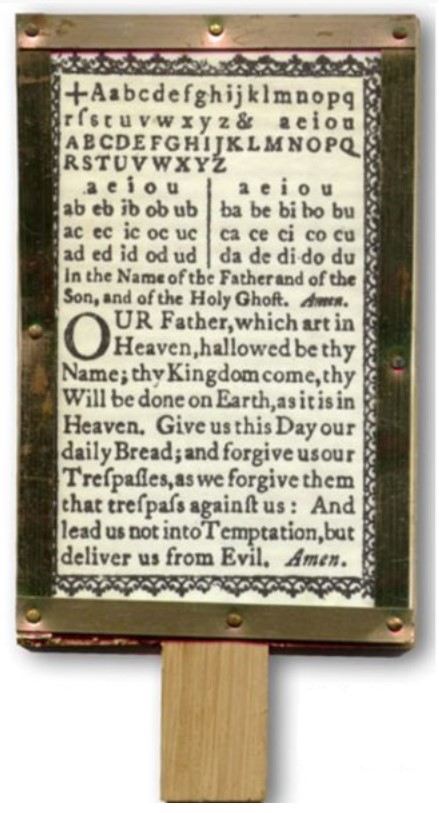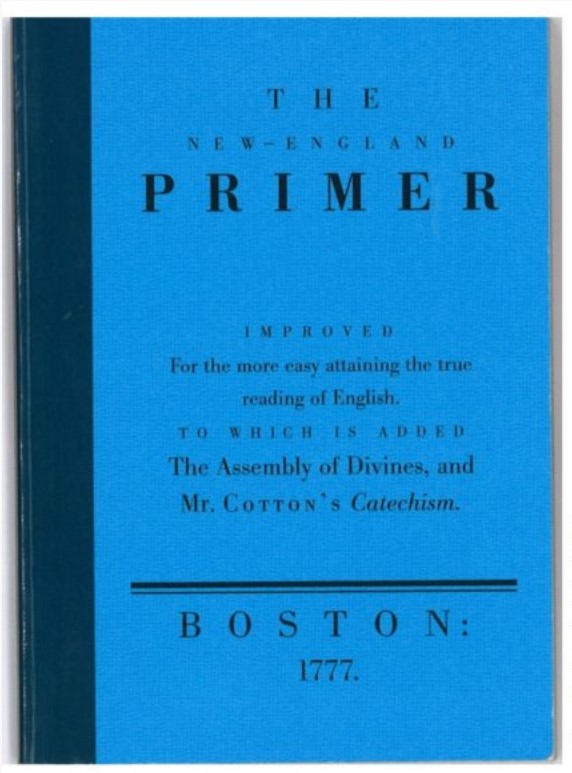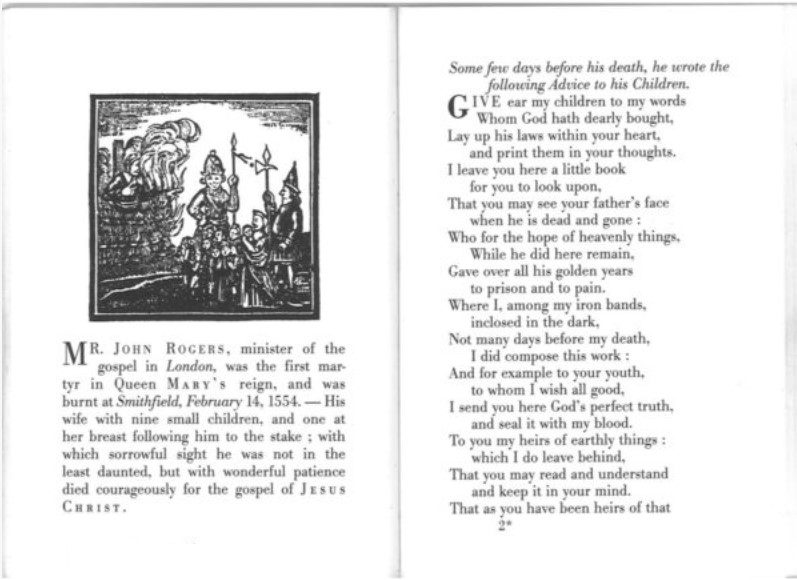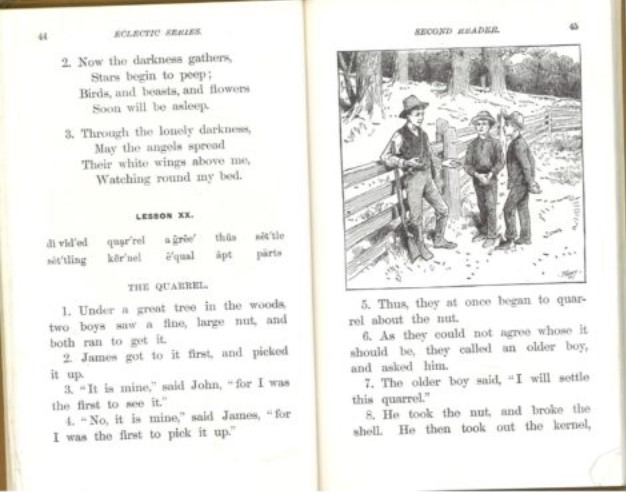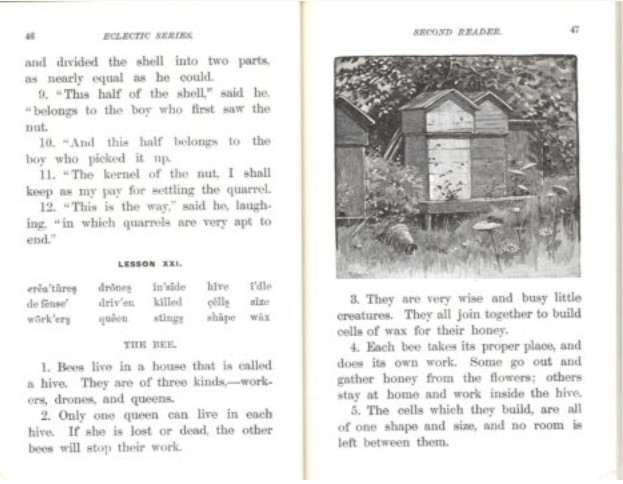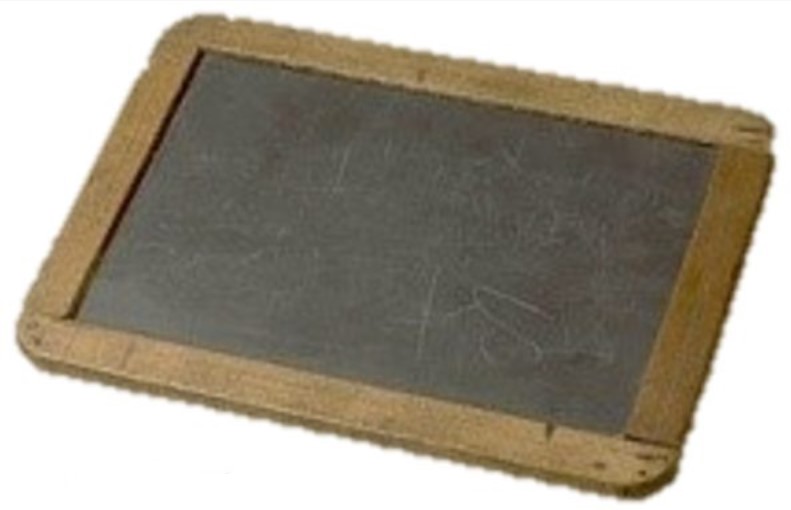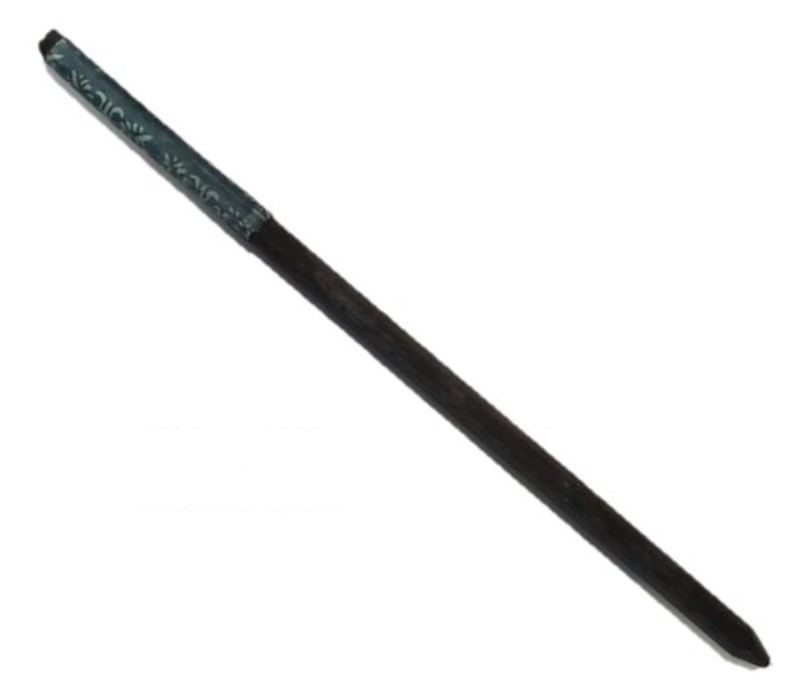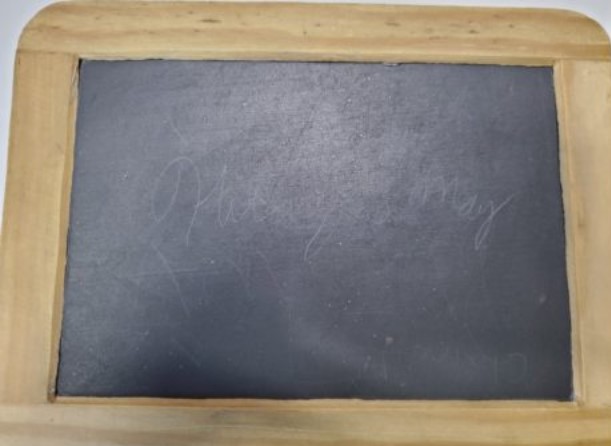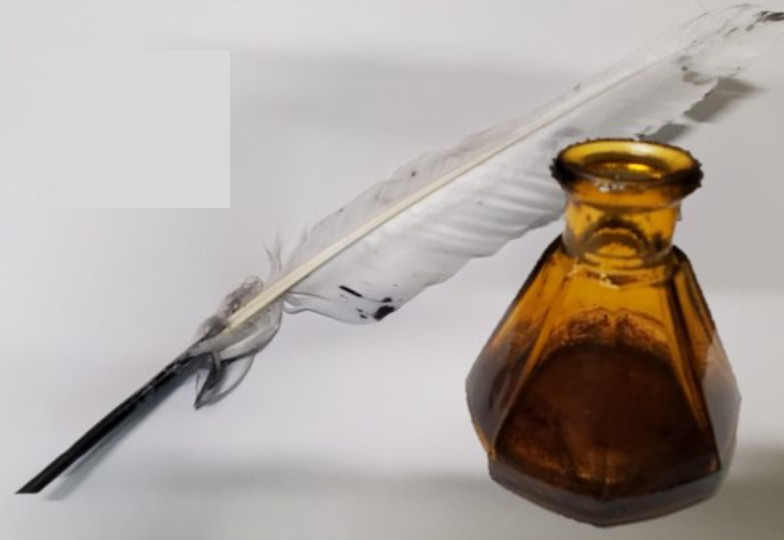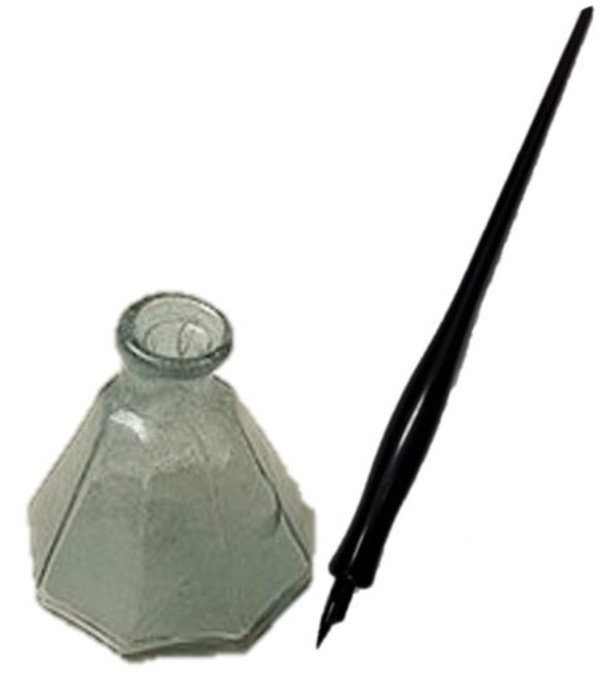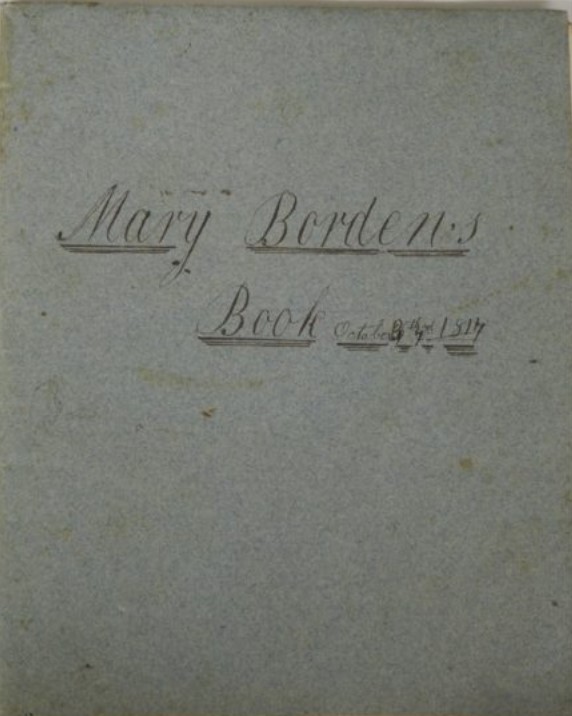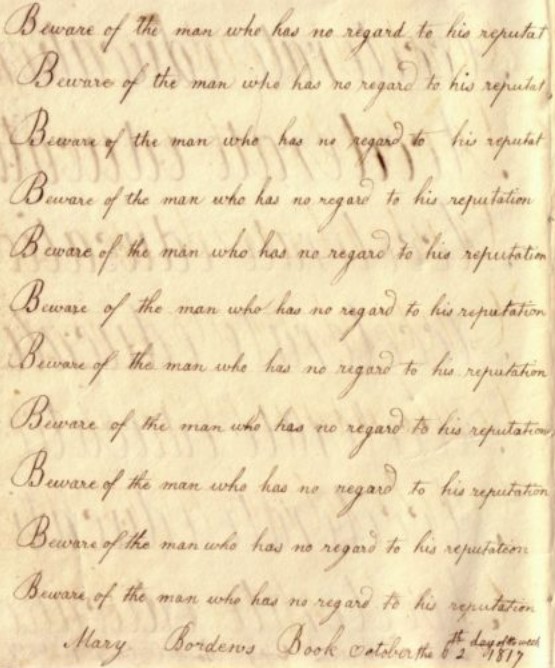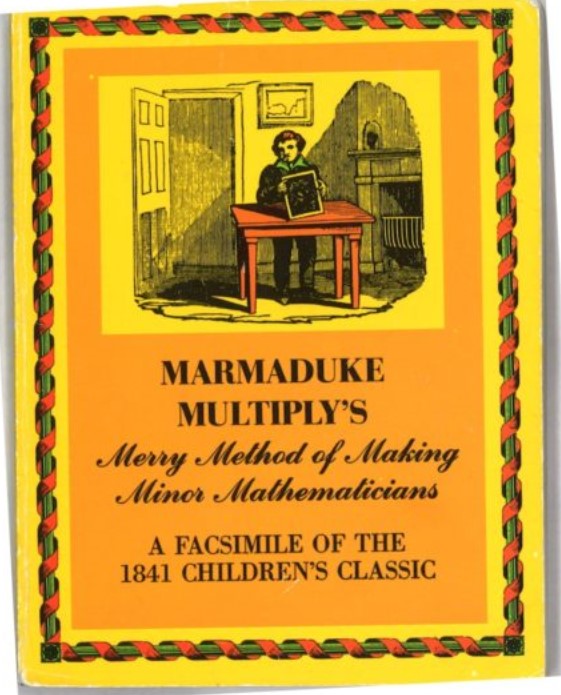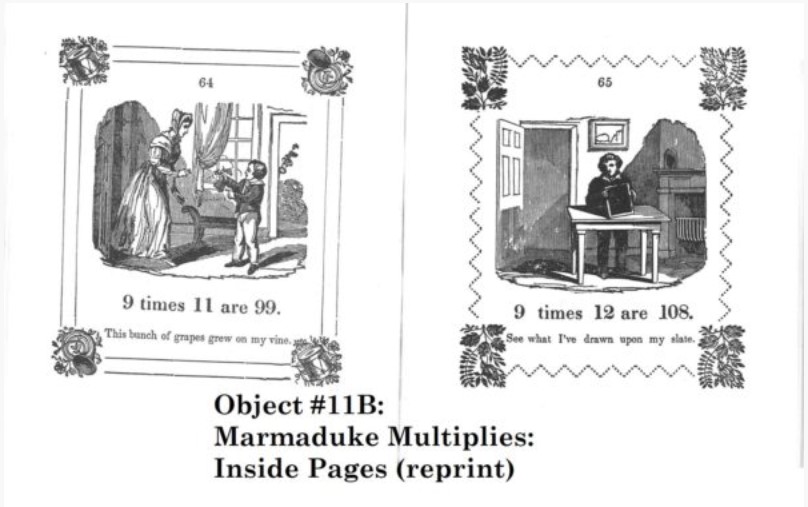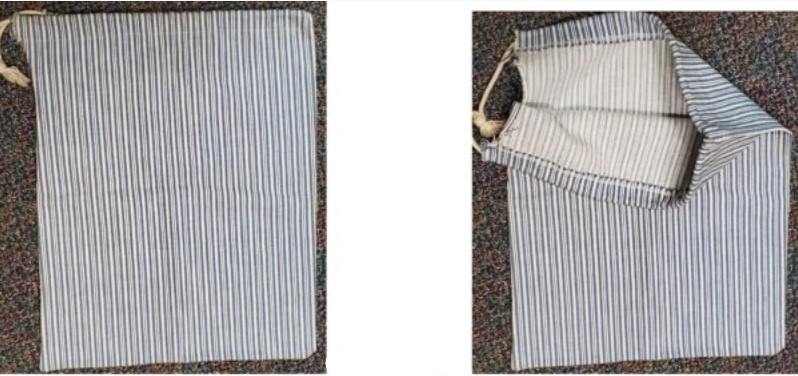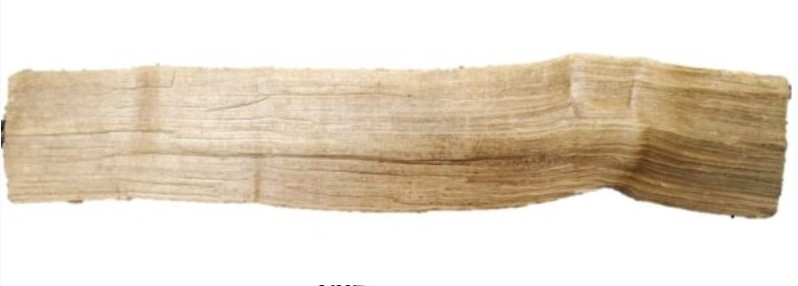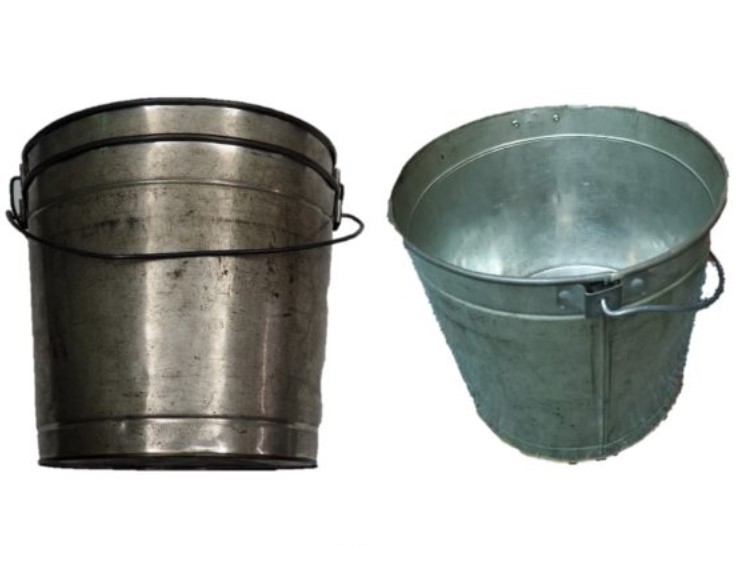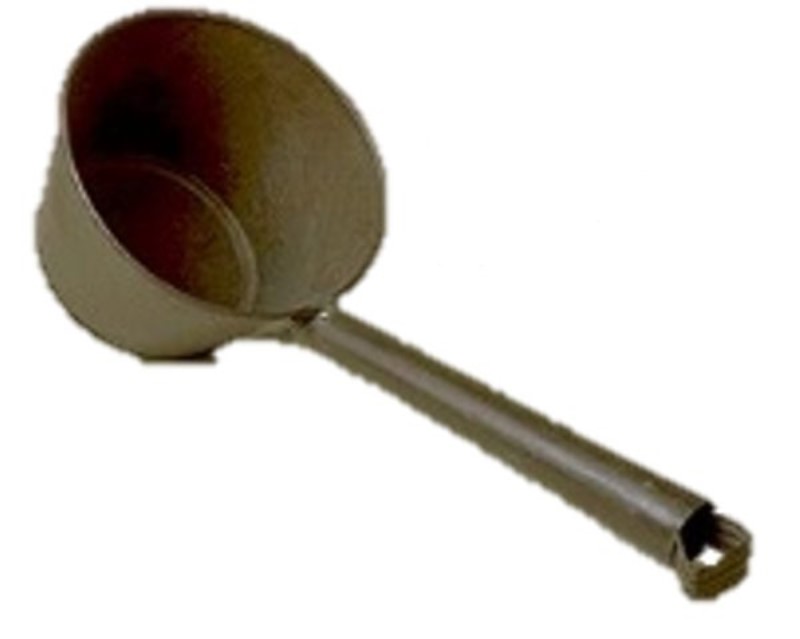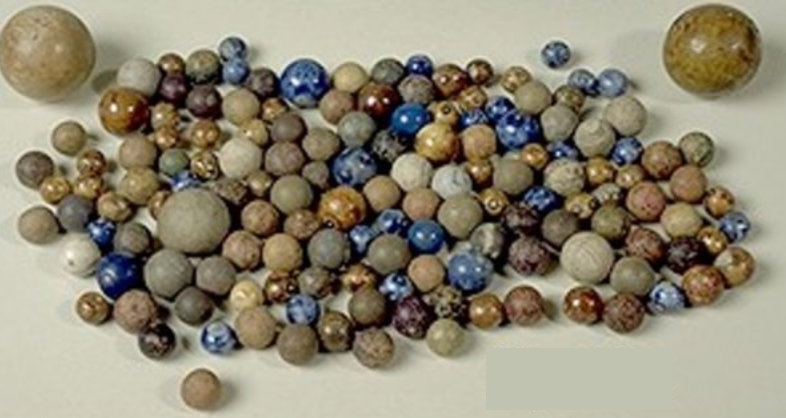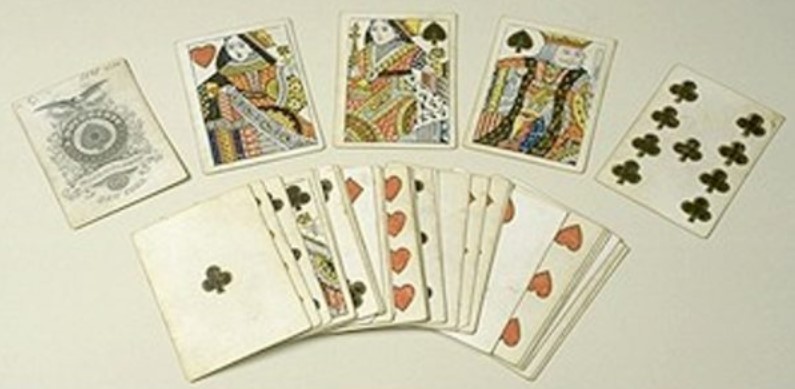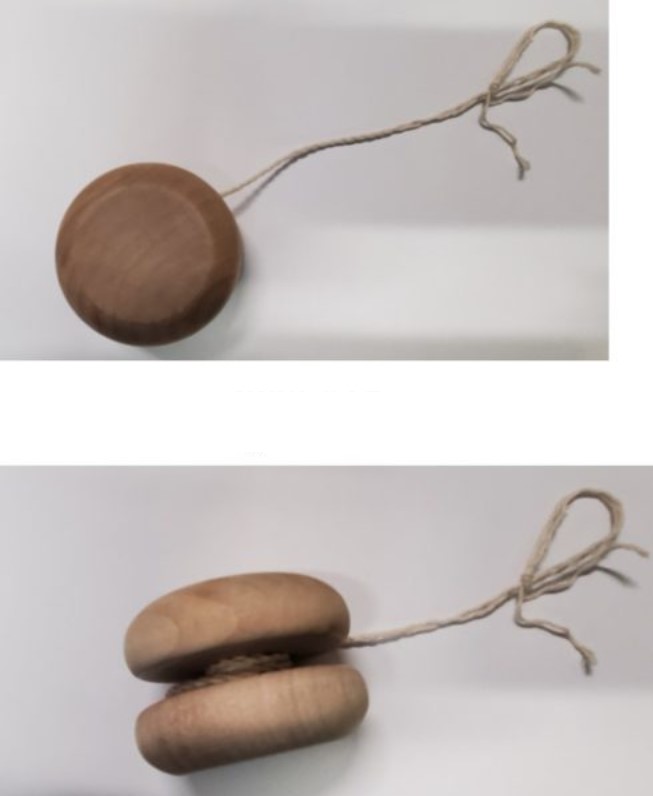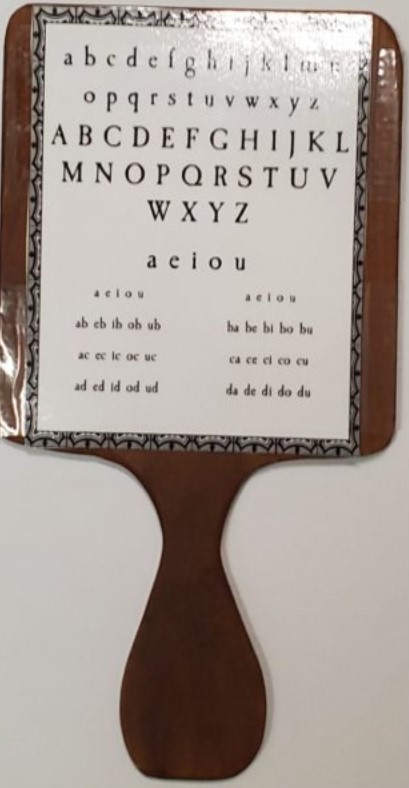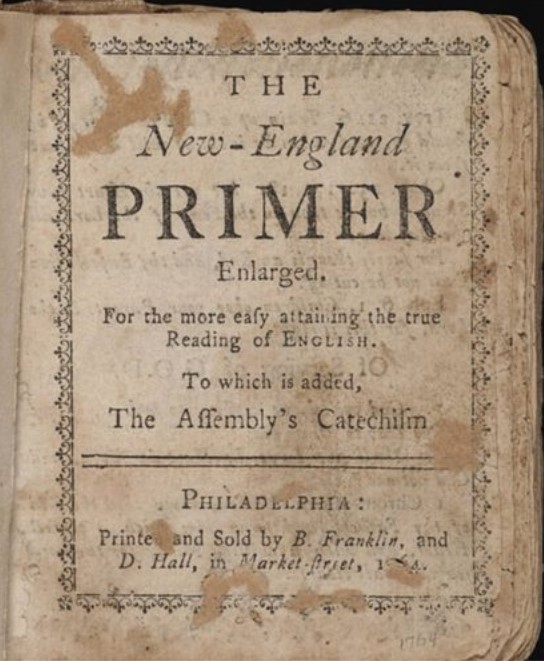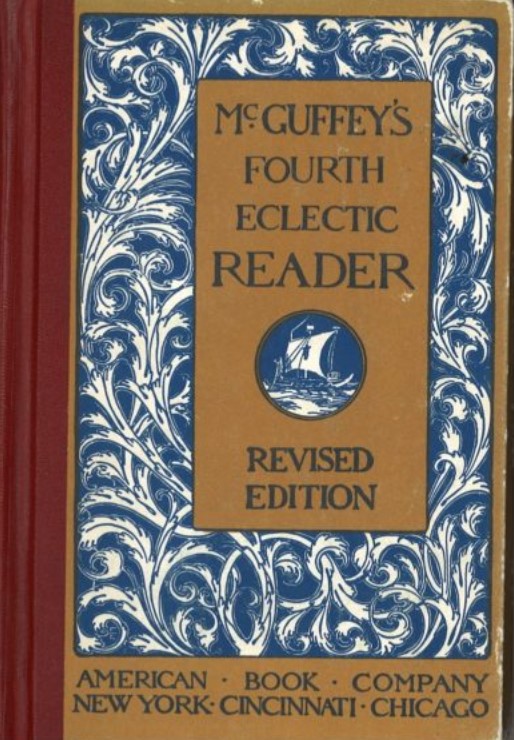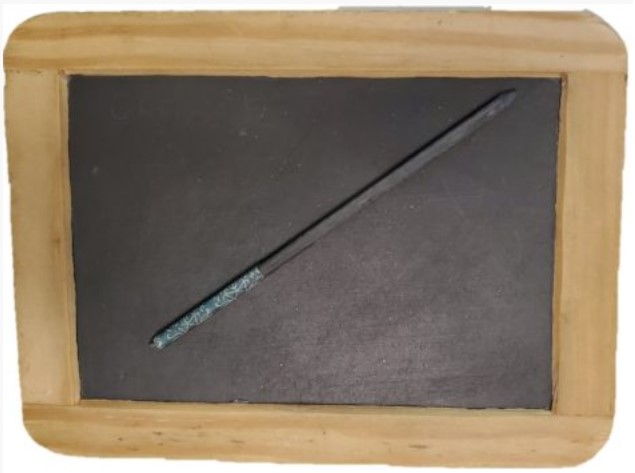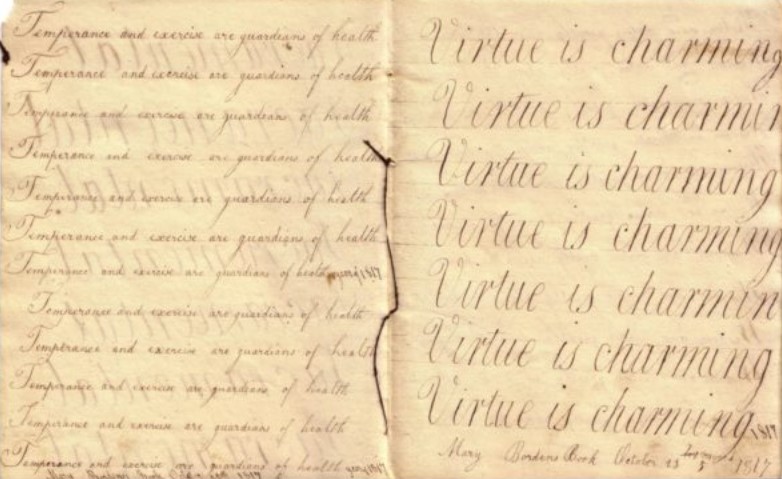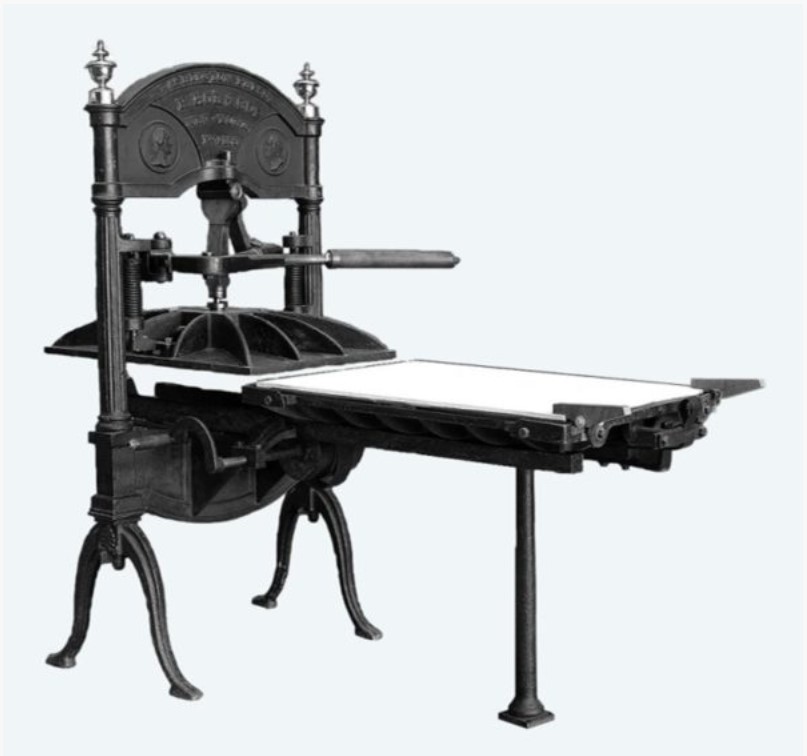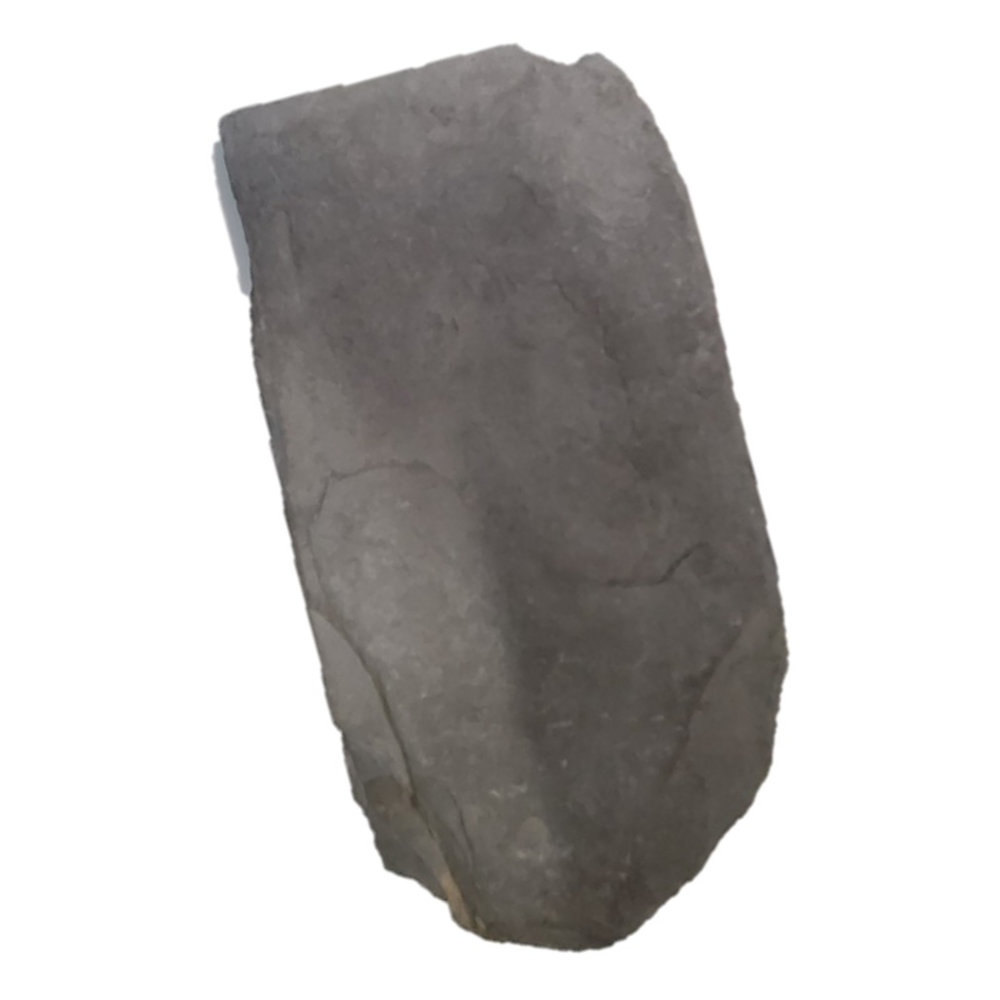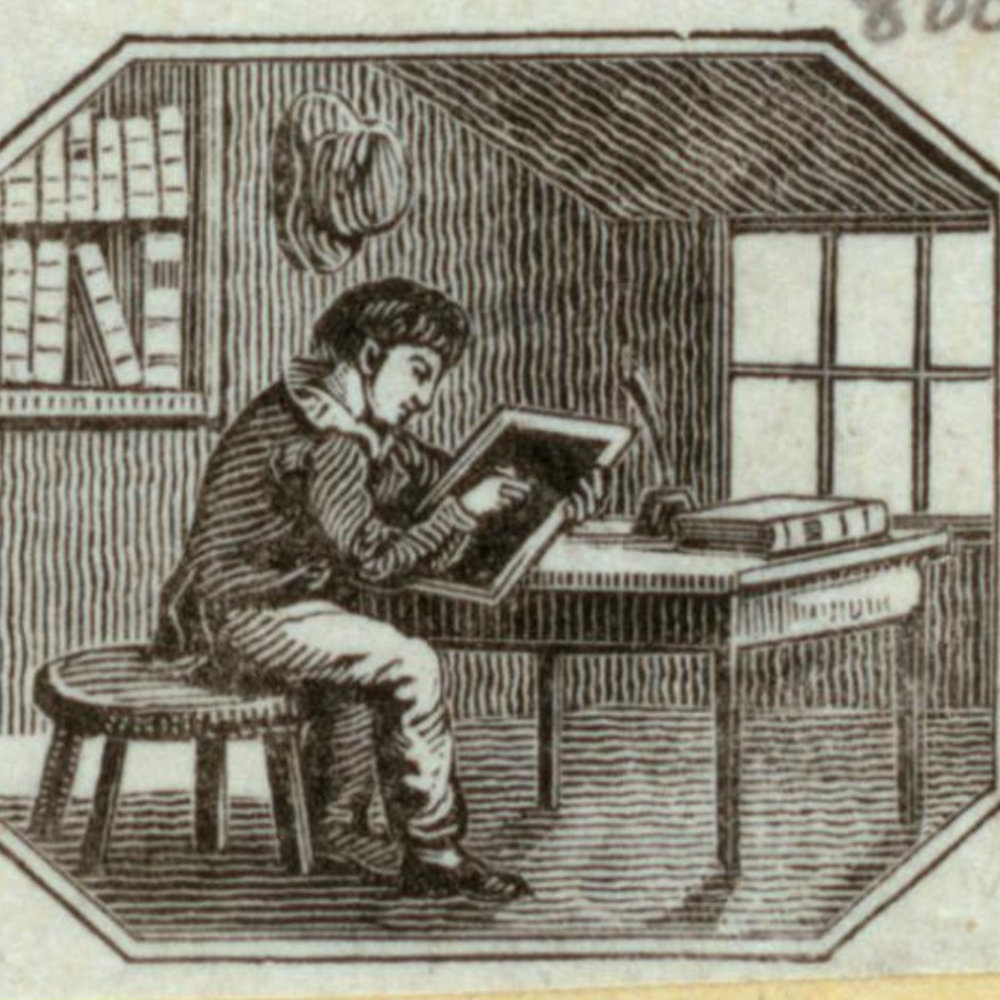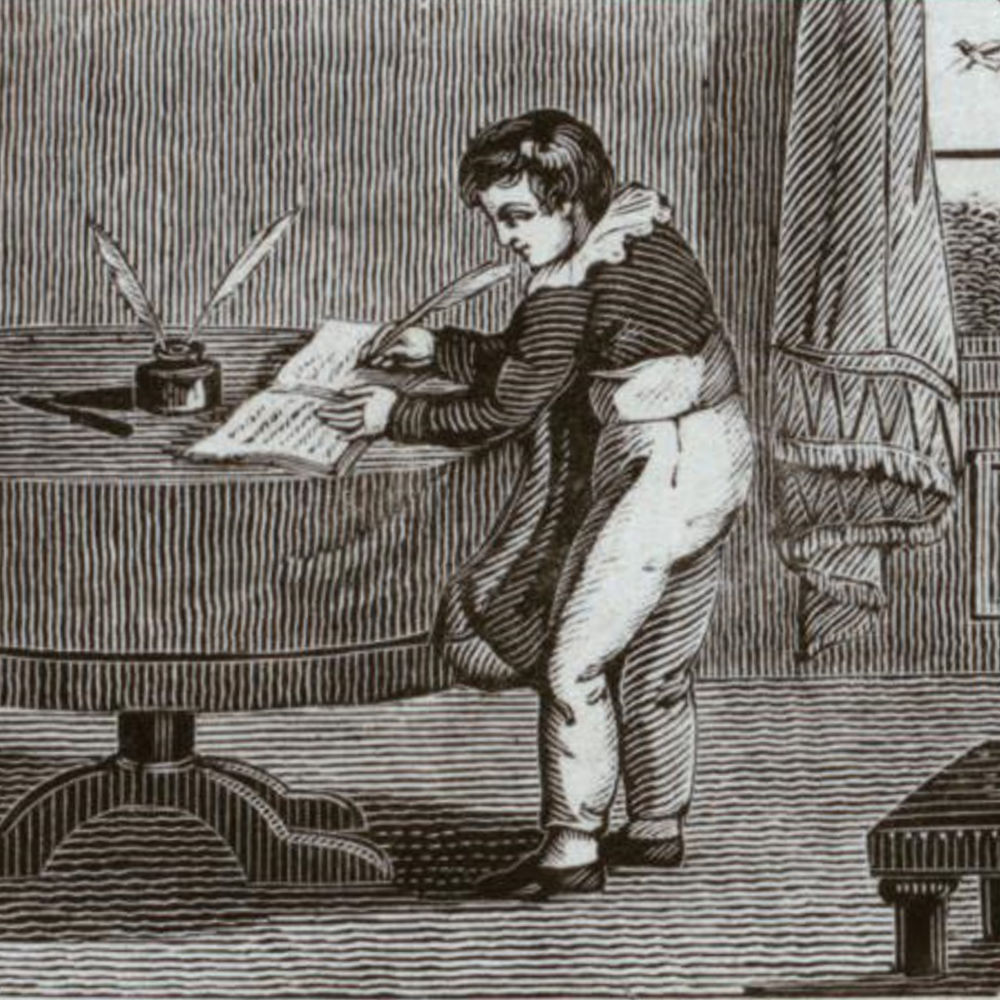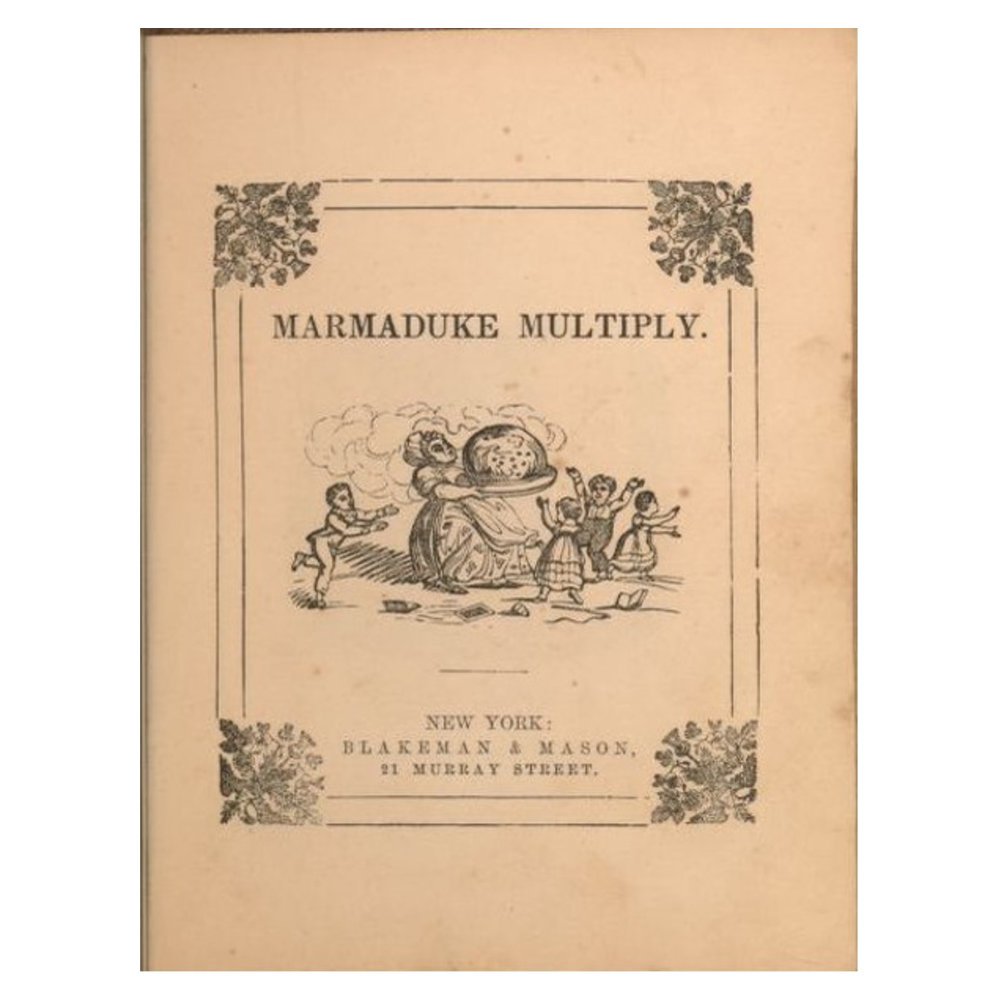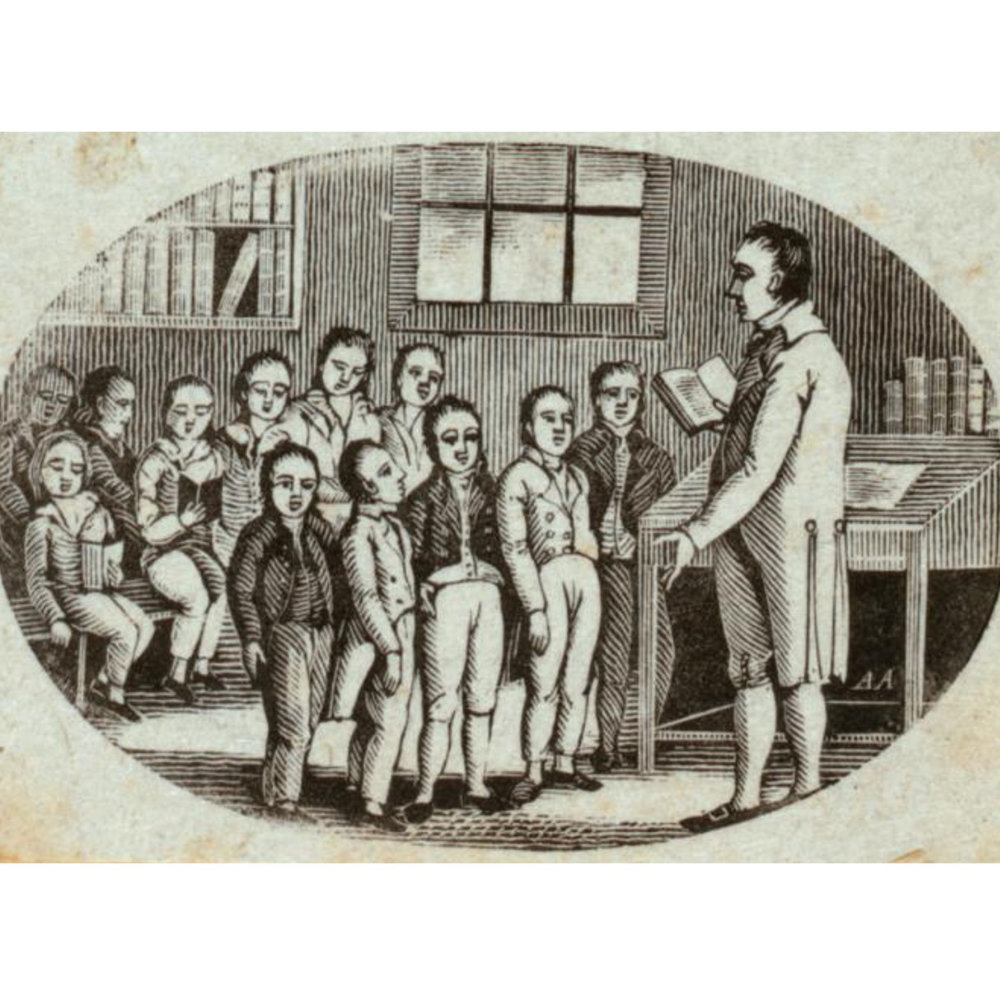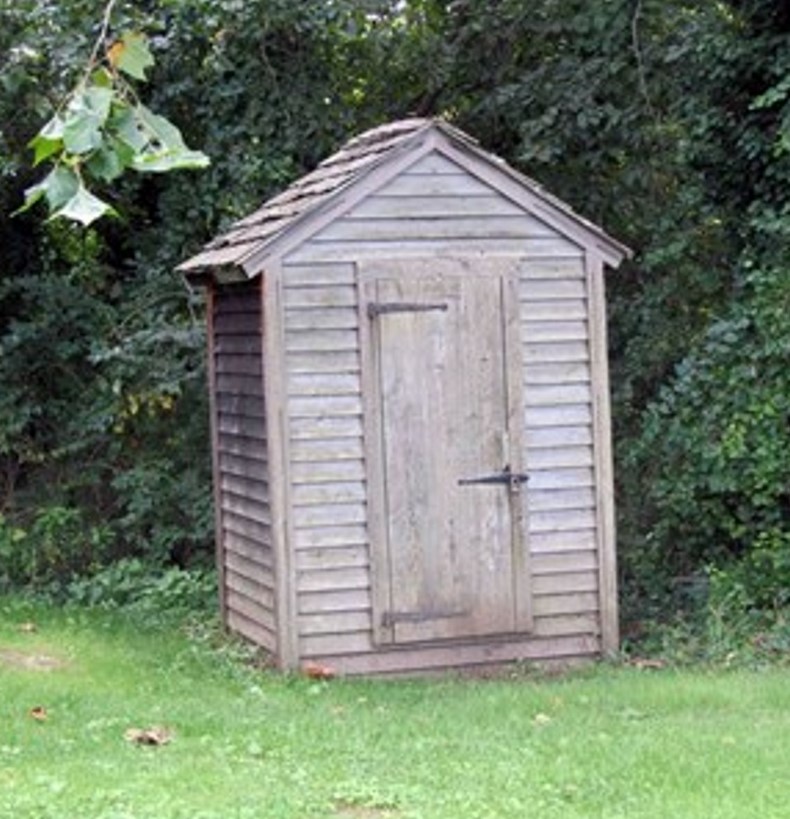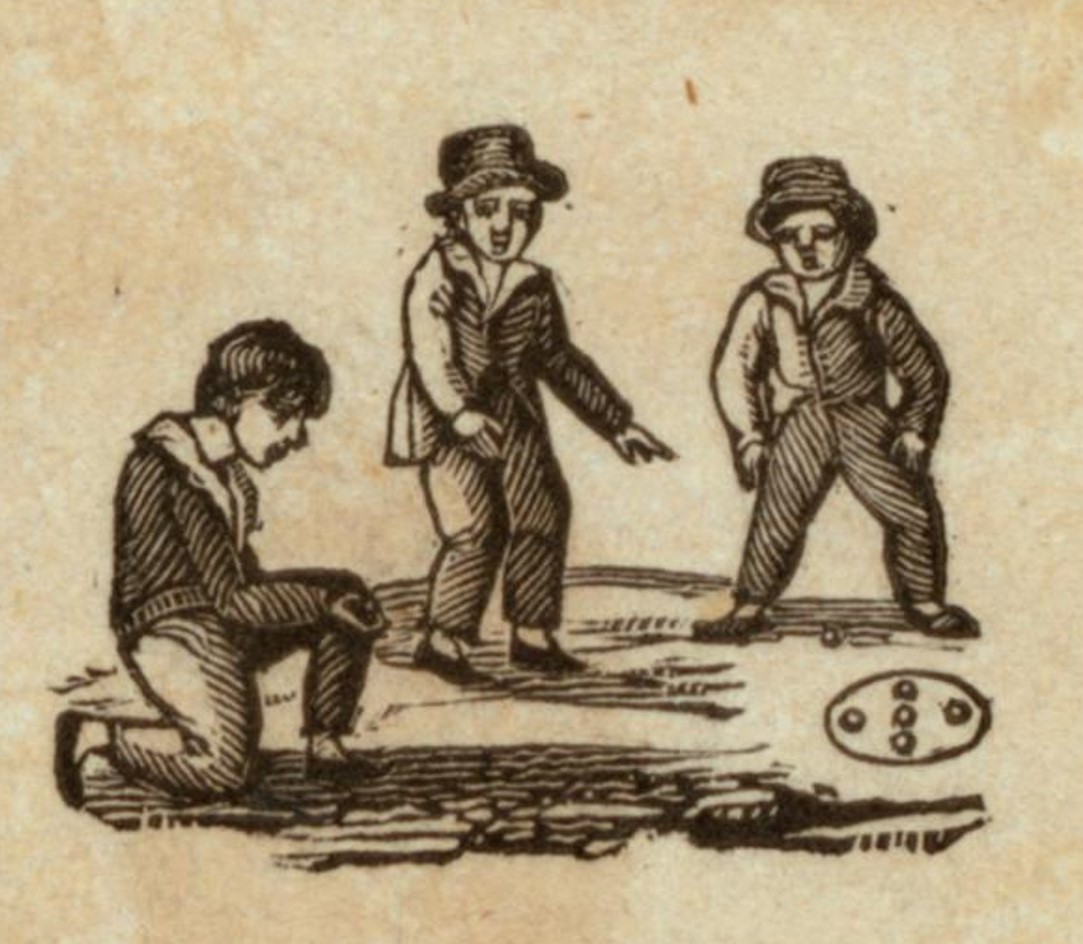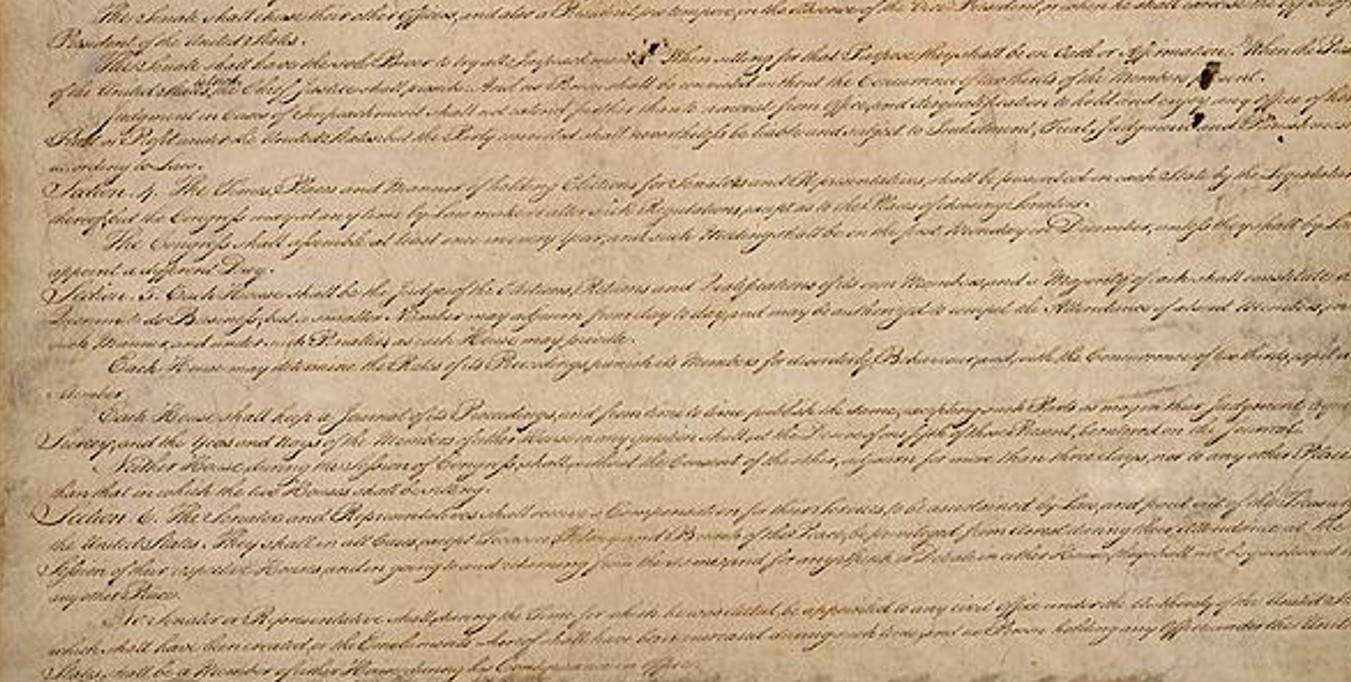School Days : Video Lesson

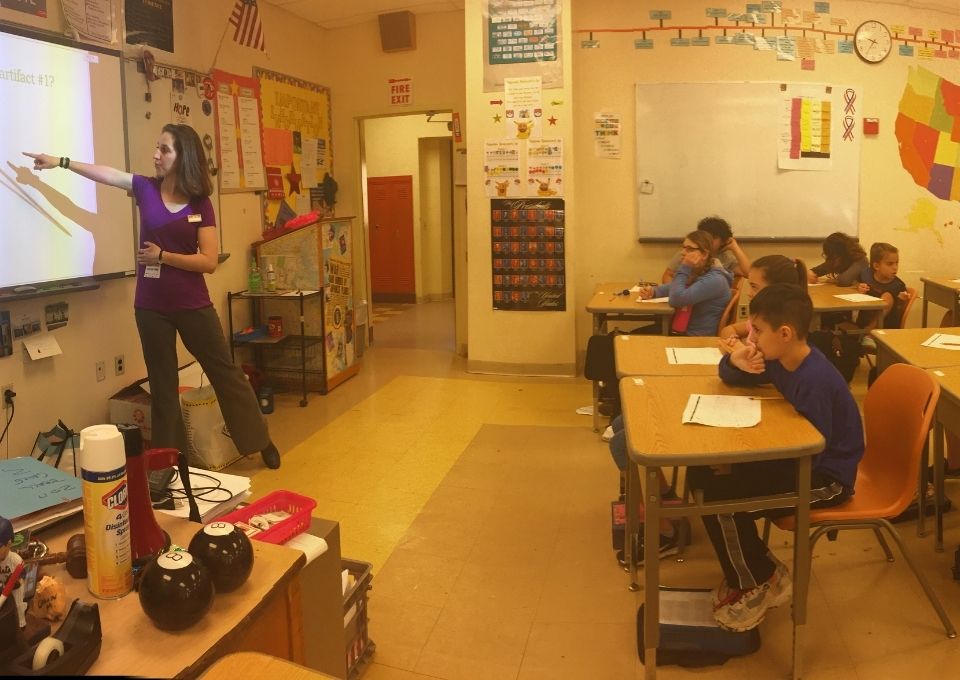
Introduction
Before watching Video #1, ask your students to write down (or at least think about) 2 or 3 things that would have been different about their life if they had lived about 1840 and also 2 or 3 things that would have been different about going to school in the 1800s versus in the 21st century.
Now, everyone should watch Video #1 below.
Part 1: Going to School
Assign each student one of the objects pictured below. A couple objects have multiple images to show different aspects. One student should get all images of the same number (for example, Objects #4A & 4B). Please note that objects #21 and higher are different versions of other (lower numbered) objects, so only assign these if your class size requires it. If your class has fewer than 20 students, you can eliminate objects #2, #5, #12, #15, #19, #18.
Have each child take a few minutes to look closely at their object. They should make some observations about the object, especially what they think it is and what it might have been used for in school in the 1800s.
Now, everyone should watch Video #2 below, keeping their assigned objects in mind.
- Even if no one has Object #24 as their assigned object, you may want to have your students look at it to see how the slate board and pencil look together.
- Our slate pencil is a reproduction. To see what a real slate pencil looks like, check out this link to the Henry Ford Museum.
- See this marbles handout for more on how children played with marbles. Click here for Marbles Handout.
Part 2 : Writing
This activity can be done with ink if students have it (see this recipe for walnut shell ink), or just with a regular pen or pencil.
Before starting Video #3, please make sure all the students have the “Writing Packet” in front of them, either physically or digitally. If they are unable to print, they should have some blank pieces of paper ready, as well as a pen or pencil to write with.
Then, watch Video #3 to explain the activity your students will be doing. The directions can be found below the video.
As explained in the video, you are going to use the last 2 pages of the packet, or any other blank pieces of paper, to do a penmanship exercise. You may write in script or in your normal handwriting, whichever you (or your teacher) prefer. What you write should include:
- Your name
- The date
- One of the sentences from the previous two pages. You should write the sentence they pick at least 5 times, trying each time to make it look even better
- One or two of the script letters. Again, write each letter at least 5 times to perfect it.
To learn how to write in script check out this penmanship lesson. Thank you to the Long Island Museum for this resource!
Write a letter to someone, ideally someone who lives in another state, or even another country! Write the letter as if you have no other way to communicate with them, and tell them all about what is going on in your life.
After you write the letter, have someone show you how to write an address and return address on an envelope and where the stamp goes. Then mail your letter!
Ask your family to ask the recipient of the letter to let them know when the letter arrives.
Let your teacher know:
- Where the letter was going
- When you sent it
- If you got a response
- When the response arrived
Compare your results with those of other students!
- The 19th century witnessed a dramatic shift in education and schools across the country
- Prior to the 1820s, few schools didn’t require some kind of tuition. Accordingly, few students attended school
- In the 1820s & 1830s, the concept of the “Common School” started to emerge – a precursor to public schools today.
- In 1828, a New Jersey state survey found that 1 in 5 voters couldn’t read or write (meaning that an even larger percentage of the overall population probably was illiterate as the voting population was limited)
- Public Schools in New Jersey gradually developed between 1828 & 1875, at which point a constitutional amendment required free public schools for all students age 5 to 18
- Quill pens had been around since the 6th century
- Dip pens also had existed for a long time, but were low quality and not widely available until mass production started in 1822
- Ink had many different recipes/sources:
- carbon ink (charcoal mixed with a gum from certain tree saps)
- metal-gall ink (tannic acid with iron sulphate): Eventually made by pouring tannic acid over old nails
- Crushed walnuts
- Commercially produced ink starts to become available in the 19th century


